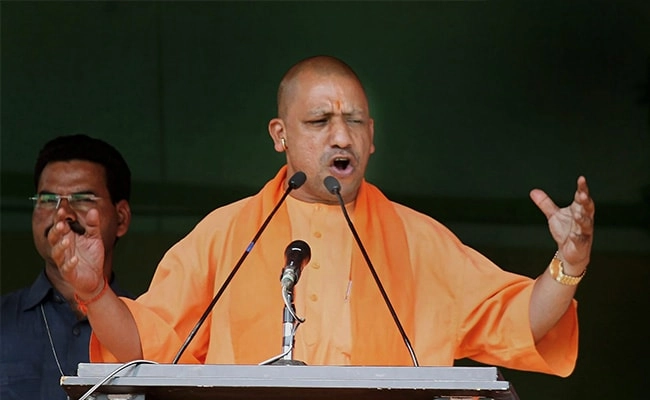The death of a pope marks a significant moment in the history of the Catholic Church, triggering a series of intricate and solemn procedures known as the interregnum. Following the pope’s passing, the Vatican’s official protocol begins with the announcement of his death, typically made by the Cardinal Camerlengo. This official, who acts as the temporary administrator of the papal see, is responsible for ensuring the smooth transition of power until a new pope is elected. In the days immediately following the pope’s death, the Vatican goes into a period of mourning, and the late pope’s body is prepared for public viewing. This includes placing the body in a cypress coffin, which is then displayed in St. Peter’s Basilica to allow the faithful to pay their respects.
As the mourning period progresses, the College of Cardinals convenes to discuss the timing and logistics of the conclave, the gathering where a new pope is elected. Typically, the conclave is held within 15 to 20 days after the pope’s death, although this timeframe can be adjusted if necessary. The cardinals are sequestered in the Sistine Chapel, where they participate in a series of ballots until a new pope is elected. To be elected, a candidate must receive a two-thirds majority of the votes. Once a new pope is chosen, the announcement is made to the public, and the new pontiff is immediately installed, marking the continuity of leadership within the Catholic Church.
The death of a pope also has broader implications beyond the Vatican. It serves as a reminder of the Church’s enduring legacy and its role in the lives of millions of Catholics worldwide. The mourning rituals and the subsequent conclave attract global attention, with pilgrims and media from around the world flocking to Rome to witness the historic events. Moreover, the selection of a new pope can signal shifts in the Church’s direction and priorities, depending on the chosen candidate’s theological and pastoral inclinations. As such, the death of a pope is not just a moment of loss but also a pivotal turning point that can influence the future of the Catholic Church for years to come.
In summary, the death of a pope sets in motion a carefully orchestrated process that underscores the Church’s traditions and governance. From the initial mourning period to the conclave and the eventual election of a new leader, these events reflect the deep reverence for the papacy within Catholicism. Each transition of power is marked by a unique blend of solemnity and hope, as the Church seeks to uphold its mission and adapt to the challenges of a changing world.




